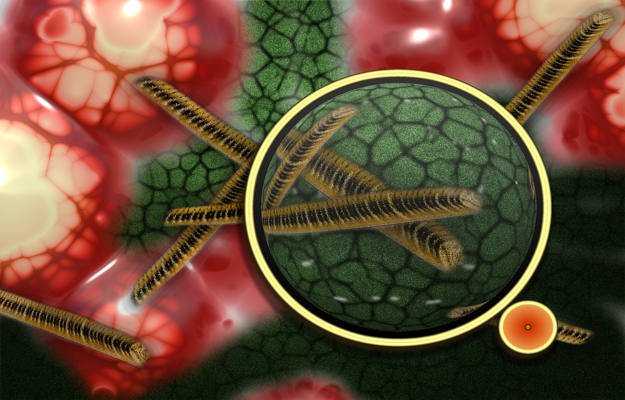What is psittacosis?
Psittacosis or parrot fever is a kind of infection caused by the bacterium Chlamydia psittaci. This bacterium infects birds, especially parrots, chickens, turkeys, parakeets, pigeons, cockatiels and other flying birds. Humans can acquire the infection if they come in contact with an infected bird.
What are its main signs and symptoms?
Some of the infected people may not show any signs or symptoms; however, after the incubation period, the common symptoms which point towards psittacosis are:
- Fever and chills with flu-like symptoms
- Nausea and vomiting
- Diarrhoea
- Fatigue and weakness
- Joint and muscle pain
Psittacosis usually causes flu-like symptoms, but it must be kept in mind that these symptoms start occurring within 9-15 days of being exposed to any of the aforementioned birds, especially in the wild.
What are the main causes?
The main, or to be specific, the only reason for anyone getting psittacosis is coming in contact with an infected or sick bird. The easiest way to find out if a bird is infected by Chlamydia psittaci is by observing the bird for these signs:
- Shivering with discharge coming from its eyes and nose.
- Lethargy, sleepiness.
- Eats less or stops eating completely.
- Discoloured (various shades of green) urine or faeces.
- Diarrhoea.
How is it diagnosed and treated?
The diagnosis of psittacosis is not common, and the affected person needs to tell the physician about any recent contact with an infected bird. The tests performed for the diagnosis of psittacosis are normal blood tests and sputum culture.
An antibody titre test is also ordered to confirm the presence of antibodies to the bacteria. The immune system starts to produce antibodies upon detection of a foreign substance (antigen), such as bacteria, in the body. The kind of antibody and changes in its levels in the human body also confirm the diagnosis of psittacosis.
Treatment is with antibiotics - doxycycline and tetracycline are the two commonest ones used to treat psittacosis. The antibiotic course goes on for long after the fever has subsided. Recovery takes long but is complete.
















